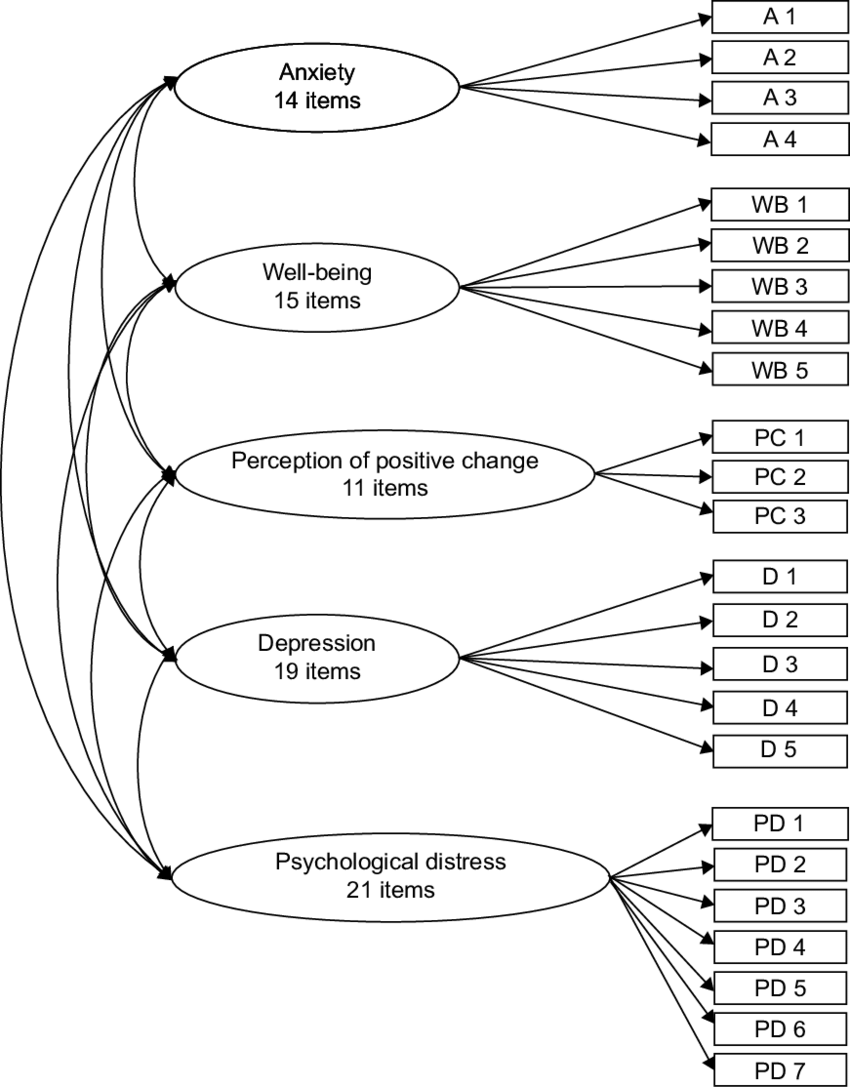Anxiety, that well-known emotion, so felt by all and suffered in so many circumstances of our lives. Anxiety is present every time we identify a possible danger to our survival; but we also invite ourselves to keep us company in situations that are not necessarily dangerous if we analyze them objectively, even if in our view they seem like real adversities.
Anxiety accompanies us with the best intentions, wanting to be our friend, our ally, willing to help us fight what can hurt us or flee when appropriate.
- What anxiety doesn’t know is that sometimes he becomes a rather boring and uncomfortable companion.
- Which is actually a burden we’d like to leave behind.
- So we can ask ourselves the following question: why does anxiety happen in our lives without why is it being so rude?.
The reality is that we are responsible for the onset of anxiety, and this is due to the way we interpret the situations of our daily lives, reality is objectively what it is, but everyone’s eyes can see it one way or another.
All emotions have a cognitive or mental component, another physiological or emotional and another behavioral, which refers to how we behave when we feel an emotion, in addition, emotions usually appear in a particular spatial and temporal context, this is called previous situations.
Albert Ellis, the father of rational emotional-behavioral psychotherapy, created a record called the “ABC Record,” in which he separated emotions into parts. What he meant by this decomposition was to analyze all the components, although for him the root of all emotional problems lies mainly in the cognitive component.
Referring to the situation in which we live, called a risky or worrying situation. B is the cognitive component, that is, the automatic negative thoughts and irrational beliefs that cross our mind when we find ourselves in a certain situation and we interpret and / or evaluate that.
According to cognitive psychology, these thoughts and beliefs are the product of early childhood education, childhood experiences and the culture in which we find ourselves.
Finally, we have C, which refers to the emotional and behavioral component, that is, how we feel in a certain situation and how we behave before it.
In anxiety these three components are generally very well differentiated and the treatment is to analyze which situations cause anxiety, are the ones that need to be addressed. On the other hand, there are the thoughts that I have to question and change, as well as the feeling of anguish and the way we behave.
A is usually a life situation that can be more or less risky for the person. Although the situation does not have to pose an objective risk or danger, it is lived in this way. Trigger or A situations? S can involve social, physiological, family, relational content, etc.
What matters is not the content, but the patient is able to clearly identify it as a history of their anxiety status.
B is the thought or cognition that determines the emotional state of anxiety, being personal and subjective to each person. Not everyone has the same thoughts in the same situations, but every interpretation is a world.
In anxiety, thoughts are often catastrophic, dramatic and also come in the form of questions that anticipate the worst-case scenario. Examples of anxious thoughts may be: What if I spoil the appointment?, What if I get on a plane and have an accident?
In most cases, these thoughts are greatly exaggerated and unrealistic, and are based on the belief that the worst is very likely to happen. One strategy to combat these thoughts is to know the difference between possibility and probability.
Just because something is possible does not mean that it is likely, it is true that there are tragedies, but we must be prepared to tolerate this uncertainty in life if we do not want to be carriers of anxiety at all times.
Finally, the C component of anxiety is divided into two: emotional C, emotion itself and behavior C, that is, how we act in a certain situation. Anxiety is characterized by its physiology, which is very unpleasant for the person who lives it. Some manifestations of anxiety are: tachycardia, blurred vision, nausea, tremors, cold sweats, depersonalization, etc.
This sometimes frightens people with these symptoms by their own fear reactions, thus increasing these manifestations and creating the well-known vicious cycle of panic.
What patients need to understand is that these manifestations were created to help us escape potential life-threatening dangers, so there is no reason to fear you, quite the opposite.
Typical behavioral behavior of anxiety is what is called a combat-leak reaction. Faced with the conviction that there is a danger to my survival, I have two ways: fight or escape.
This answer makes a lot of sense in the case of real dangers, but does it lead to a psychological disorder if the danger does not really exist, whether it is the product of our thoughts or a B?It’s unrealistic.
The combat-leak response is the food that ensures the survival of anxiety, because it does not allow emotion to be tolerated and ensures that its intensity stops naturally by decreasing; In addition, cognitively, we cannot verify whether thoughts are based on reality or not. .
As we escape the situation, we end up reaffirming that what we think of the situation is true, so in the future we will act in the same way, which puts an end to the vicious cycle of anxiety that will settle in our partner life. no expiration date, until we start looking her in the eye.

